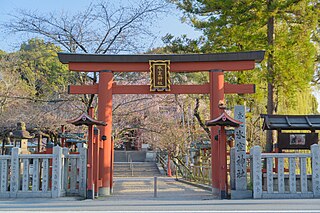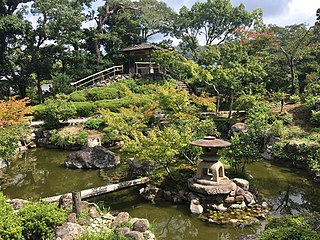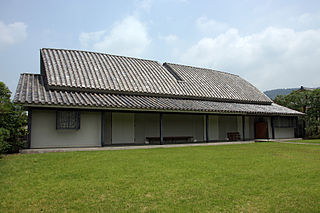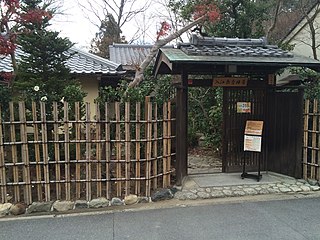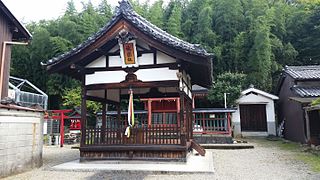Self-guided Sightseeing Tour #6 in Nara, Japan
Legend
Guided Free Walking Tours
Book free guided walking tours in Nara.
Guided Sightseeing Tours
Book guided sightseeing tours and activities in Nara.
Tour Facts
6.8 km
137 m
Experience Nara in Japan in a whole new way with our free self-guided sightseeing tour. This site not only offers you practical information and insider tips, but also a rich variety of activities and sights you shouldn't miss. Whether you love art and culture, want to explore historical sites or simply want to experience the vibrant atmosphere of a lively city - you'll find everything you need for your personal adventure here.
Activities in NaraIndividual Sights in NaraSight 1: Kango Shrine
Kankoku Shrine is a shrine located in Nara City, Nara Prefecture, Japan. It is a Shikinai company (small, ronsha), and the former company status is a prefectural company.
Sight 2: Emperor Kaika’s Kasuga-no-Izakawa-no-Sakanoe-no-Misasagi Tomb
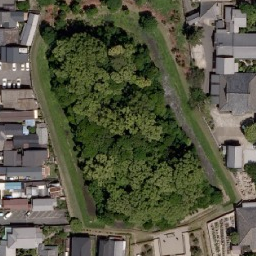
Nenbutsuji Yamakofun is an ancient burial mound located in Yamanoji, Aburasaka Town, Nara City, Nara Prefecture, Japan. The shape is an anterior-posterior mound.
Sight 3: 念仏寺
Nenbutsuji Temple is a temple of the Pure Land sect located at 7 Kankoku-cho, Nara City, Nara Prefecture, Japan. The name of the mountain is Mt. Fallen. The name of the temple is Zenko-in.
Sight 4: 西照寺
Saishoji is an independent temple located in Imatsujiko-cho, Nara City, Nara Prefecture. It was originally a Jodo sect temple. The mountain name is Shiunzan, and the temple name is Ieyasu-in. The main deity is the Amida Nyorai with a belly band.
Sight 5: 住吉神社
Sumiyoshi Shrine is a shrine located in Imazushicho, Nara City, Nara Prefecture, Japan.
Sight 6: 月日神社
Tsukihijinja is a shrine located in Shimosanjo Town, Nara City, Nara Prefecture, Japan.
Sight 7: 淨教寺
Jōkyōji Temple is a temple of the Jodo Shinshu Honganji sect located in Kamisanjo Town, Nara City, Nara Prefecture, Japan. The name of the mountain is Mt. Kujo. The main statue is a standing statue of Amitabha.
Sight 8: Isagawa Shrine
Isagawa Shrine is a shrine located in Honkomori-cho, Nara City, Nara Prefecture, Japan. It is a shrine outside the precincts of the Ōkami Shrine, and its official name is Ōkami Miko Shrine, and it is also called Ōkami Myojin. A small shrine in Shikiuchi that is described in the "Enki Shikijin Name Book" as "Ōkami Miko Shrine Sanza".
Sight 9: 常徳寺
Jotokuji Temple is a temple of Nichiren Buddhism located in Kitamukai, Nara City, Nara Prefecture, Japan. The name of the mountain is Mt. Hosei. The main hall was built in 1686 and is a designated cultural property of Nara Prefecture. It enshrines the Great Bodhisattva of Asahi Myomi, which was dedicated by the Yagyu clan chief Suzu Oyamada during the Kyoho year (1716-1737). The former main temple is Kyoto Chomyoji Temple, and the main temple is the temple of the master of the temple.
Sight 10: 伝香寺
Denkoji Temple is a temple of the Ritsu sect located in Nara City, Nara Prefecture, Japan. There is no mountain number. The main Buddha is Buddha. The "scattered camellia" in which the petals scatter one by one is counted as one of the "Nara Three Famous Camellias" along with the "Glue Spill" of Todaiji Kaizando and the "Five-colored Camellia" of Hakuki-ji Temple.
Sight 11: Nara Episcopal Church
Nara Christian Church is a church of the Nippon Sei Ko Kai located in Nara City, Nara Prefecture. In 1930, a Western-style building that did not fit the landscape of the Nara Park area was not permitted, so it was constructed as a purely Japanese-style church. The design and construction were done by Yoshitaro Oki, a church member and a master carpenter. There is a transom inside the church.
Sight 12: 手力雄神社
Terikio Shrine is a shrine located in Hashimoto-cho, Nara City, Nara Prefecture, Japan. Kasuga Taisha precincts. It is located on the east end of the north side of Sanjo-dori, and the rear is across the Tsukiji wall to become the Kofukuji Hall.
Sight 13: Uneme Shrine
Uneme Shrine is a shrine located in Taruimachi, Nara City, Nara Prefecture. It is an outer shrine of Kasuga Taisha. It is situated on the northwest shore of Sarusawa Pond, but the main hall faces west, turning its back to the pond.
Sight 14: 猿田彦神社 (道祖神)
Sarutahiko Shrine is a shrine located in Imamikado-cho, Nara City, Nara Prefecture, Japan. It is also called Dōso Shrine.
Sight 15: Kōfuku-ji
Get Ticket*Kōfuku-ji is a Buddhist temple that was once one of the powerful Seven Great Temples in the city of Nara, Japan. The temple is the national headquarters of the Hossō school.
Sight 16: National Treasure Museum
Kōfuku-ji is a Buddhist temple that was once one of the powerful Seven Great Temples in the city of Nara, Japan. The temple is the national headquarters of the Hossō school.
Sight 17: 菩提院大御堂(十三鐘)
Bodaijiin is a temple of the Hosso sect located in Nara City, Nara Prefecture. It is a sub-temple of the main temple Kofukuji. The principal image is Amida Nyorai. It is commonly known as Jusan Kane. It is situated south of the five-story pagoda, across Sanjo Street from Kofukuji.
Sight 18: Himuro Shrine
Get Ticket*Himuro Shrine is a Shinto shrine in Nara, Nara Prefecture, Japan. It was established in 710. Kami enshrined here include Tsugenoinagi oyamanushi no mikoto, Emperor Nintoku and Nukata no Onakatsuhiko no Mikoto (額田大仲彦命). The shrine's main festival is held annually on October 1. Tsugenoinagi oyamanushi no mikoto was a folk figure said to have invited a way to preserve ice. Prince Nukata no Onakatsuhiko no Mikoto, a brother of Emperor Nitoku, met with Tsugenoinagi oyamanushi no mikoto and brought the method to preserve ice to the Emperor
Sight 19: Yoshiki Garden
Yoshiki-en (吉城園) is a Japanese garden in Nara, Japan, to the immediate southwest of Isui-en.
Sight 20: Isui Garden
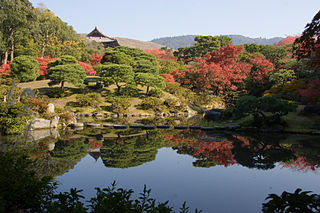
Isui-en is a Japanese garden located in Nara, the old capital of Japan near Kyōto. It has been preserved since its creation in the Meiji era, and is the only walking garden in Nara. It is divided into two sections, which were originally two separate gardens, and each features a pagoda.
Sight 21: 寧楽美術館
Neiraku Museum is an art museum in the city of Nara, central Japan.
Sight 22: Irie Taikichi's old residence
Yasuyoshi Irie is a historical site and cultural facility located in Suimon Town, Nara City, Nara Prefecture, Japan. The former residence of photographer Yasuyoshi Irie. The photographer's detached darkroom, the study where the work was conceived, and the garden where the Manyo plant was grown are open to the public. The words "Taikichi Irie" on the nameplate are due to the volatilization of the boss Haeun.
Sight 23: 祇園社八阪神社
Yasaka Shrine is a shrine located in Oshiage Town, Nara City, Nara Prefecture, Japan. It is also called Oshiage-cho Gion-sha, and the plaque of the worship hall is written "Gion-sha".
Share
How likely are you to recommend us?
Disclaimer Please be aware of your surroundings and do not enter private property. We are not liable for any damages that occur during the tours.
GPX-Download For navigation apps and GPS devices you can download the tour as a GPX file.
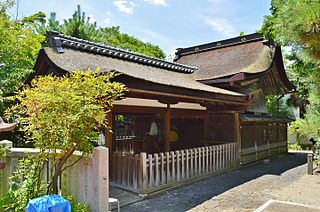
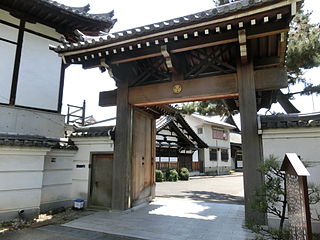
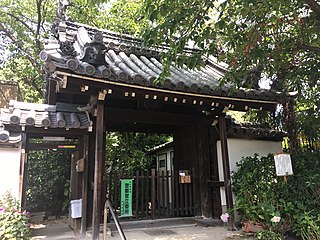
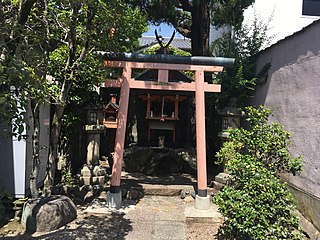
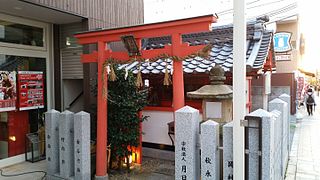
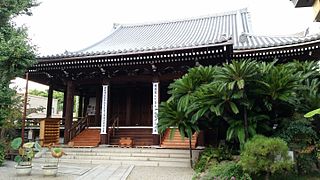
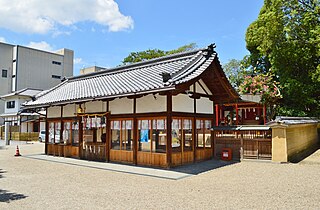
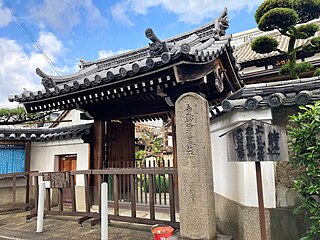
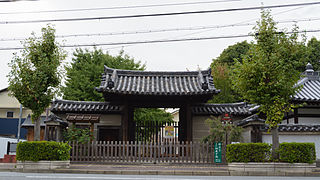
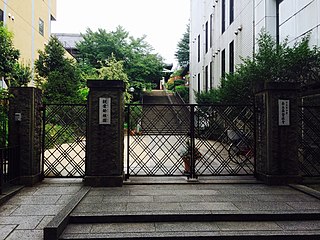
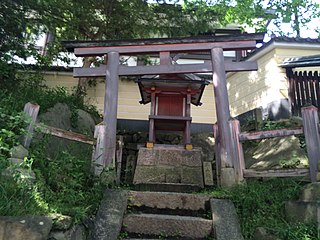
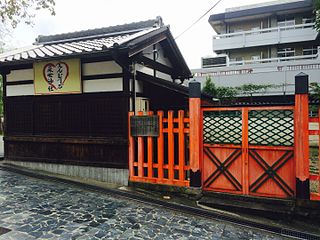
.jpg)
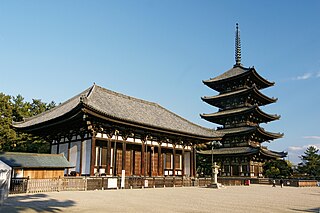
.jpg)
